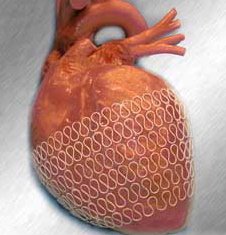
The discovery that certain alloys have memories came in the beginning of the 20th century. These alloys are compounds of different metals and are known as Shape memory alloys. If shaped at one temperature and then distorted in another temperature, they return to their original form and size when the original temperature is restored.
The shape memory effect was first noticed in 1938. Most alloys can be trained to form two different shapes -one in each phase- by repeated cooling, distorting and reheating. When thus trained, the alloys remember both the shapes and can change from one to another indefinitely.
Today, the shape memory alloys are widely used in engineering and medicines. The first practical application was the coupling used in hydraulic fluid pumps, in air planes. The coupling is made smaller than the pipes. It is cooled and stretched till it can slip over the pipes. When it returns to the room temperature, it returns to its original size and holds the pipes in a tight grip.
Nowadays, these alloys are used in ships, automobiles, under water pipes for securing a tight grip on the ends of the pipes. Shape memory alloys are used in thermostatic devises for central heating system, in automobile engines, in electrical circuit breakers and in window openers in green houses.
The alloy “Nitinol’ is widely used in medicine. The word is created from the names Nickel, Titanium and Naval Ordinance Laboratory in Silver Spring, where it was first developed.
Nitinol is widely used in fixing the broken bones, in hip replacement surgery, dental braces and in correcting the spinal curvature. When made into a fine mesh and fitted in the main vein leading to the heart, it can prevent blood clots from reaching the heart.
Shape memory alloys do have a very bright future in various fields of science, medicine and engineering.
Visalakshi Ramani